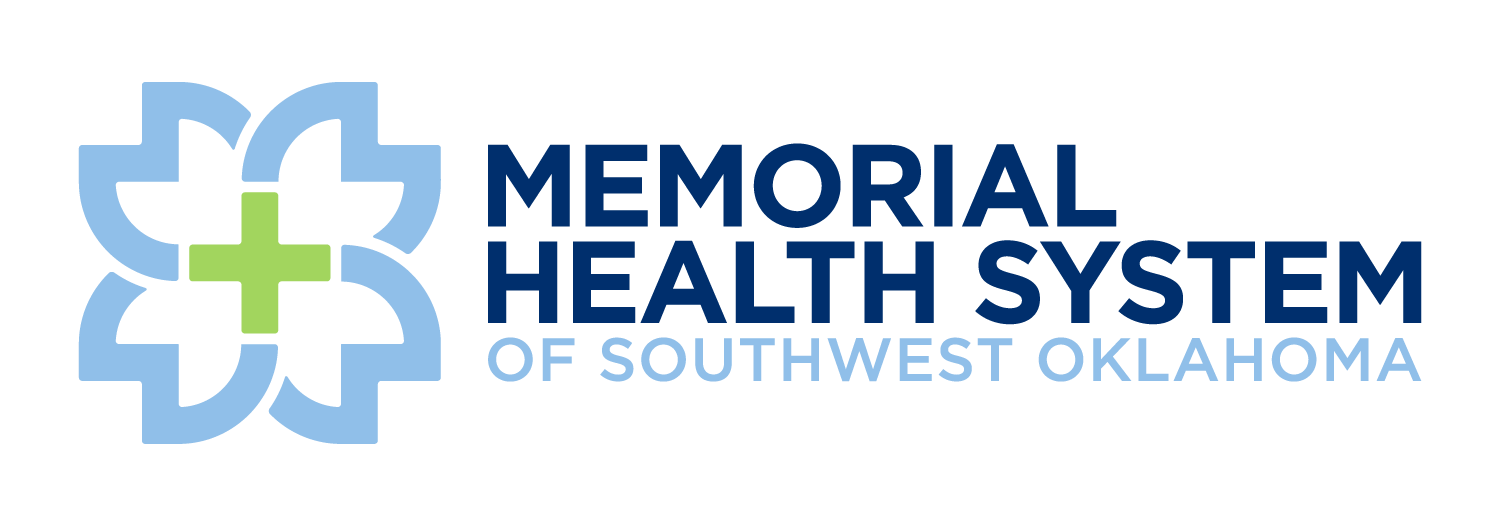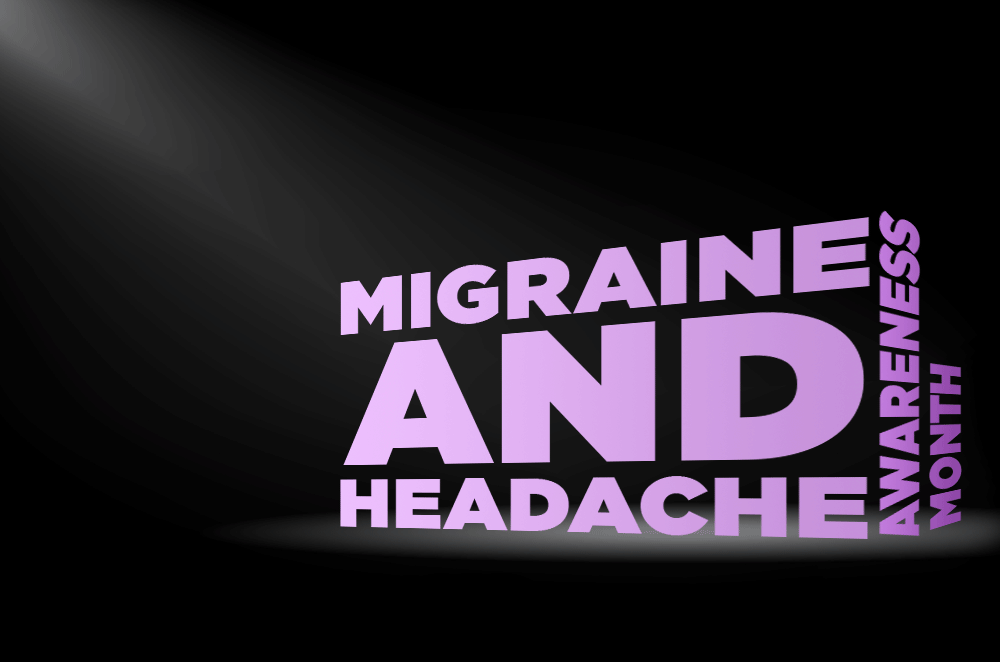Migraine Awareness Month
There is a debilitating ailment that over 40 million people in the United States suffer from and nearly 16 million people go untreated. For some people, it has become a routine inconvenience and something that they just have to deal with. It can cause nausea, dizziness, serious pain, and mood swings. The culprit? Migraines. June is Migraine Awareness Month and it is dedicated to spreading information on these severe headaches that impact daily lives in a major way.
Triggers and Causes
There are still many factors that are unknown when it comes to migraines, one of which is the exact reason migraines occur. Migraines are thought to be caused by abnormalities or shifts in brain activity that temporarily disrupts nerve signals and blood vessels in your brain. There are several triggers that can lead to migraines. These include:
- Hormonal changes – mainly during menstrual cycles for women
- Emotional triggers – stress, anxiety, tension, shock, depression
- Physical triggers – lack of quality sleep, low blood sugar, poor posture
- Dietary Triggers – missed or irregular meals, dehydration, alcohol, caffeine product
- Environmental triggers – Bright lights, flickering screens, strong smells, loud noises
Stages of Migraines
There are four main stages that someone who has a migraine may experience. Not everyone experiences all four but it may help you identify when a migraine attack is going to occur. The first of the stages is called “Prodrome” and can occur one to two days before the actual migraine. Some of the warning signs of prodrome are constipation, food cravings, and mood changes. The next stage is “aura” which can cause visual impairments, pins and needles sensation in an arm or leg, and difficulty speaking. The third stage is the actual attack. During a migraine attack, you may feel throbbing pain, nausea, and sensitivity to light and sound. Finally, the fourth stage is “Postdrome” and occurs after the attack. Postdrome causes you to feel drained and sometimes confused.
Cluster Headaches
Cluster headaches start out like migraines, causing nausea and aura. However, cluster headaches are very severe and painful. They are characterized by excruciating pain around your eye and other areas of your face, facial swelling, runny or stuffy nose, drooping eyelids and more. With cluster headaches, you may experience attacks at night, usually 1 to 2 hours after going to bed. Cluster headaches occur in what is known as a cluster period. Cluster periods can range from weeks to months in length. A person may experience one to two cluster headaches a day during a cluster period.
Outlook for Migraines
With June being Migraine Awareness Month, we hope to educate individuals on the symptoms of migraines to help those who go undiagnosed. While there is no cure for migraines, there is treatment. Understanding your symptoms, seeking treatment, and getting a diagnosis are important steps that you need to take in order to alleviate the pain associated with migraines. The outlook for individuals with migraines is to manage the symptoms so that daily life does not have to be disrupted.
Migraines and Emergency Care
Though many people who suffer from migraines are accustomed to the severity of their symptoms, there is a point in which to head to the emergency room. Symptoms could become more life-threatening than just those of a migraine. According to The Mayo Clinic, you should seek emergency care if you are experiencing any of the following symptoms:
- A “thunderclap” of pain and severity of a headache
- Headaches are associated with fever, nausea, vomiting, stiff neck, mental confusion, seizures, and difficulty in speech. When these symptoms are abnormal, it could be indicative of more severe brain-related problems such as stroke or brain tumors
- A headache after a head injury
- Unusual and sudden headache
Here in Lawton, CCMH offers a full-service emergency department. The Drewry Family Emergency Center is staffed with highly skilled nurses and physicians that will evaluate and treat you in the event of an emergency!
Resources:
https://www.mayoclinic.org/diseases-conditions/migraine-headache/symptoms-causes/syc-20360201
Disclaimer
The Comanche County Memorial Hospital website does not provide specific medical advice for individual cases. Comanche County Memorial Hospital does not endorse any medical or professional services obtained through information provided on this site, articles on the site or any links on this site.
Use of the information obtained by the Comanche County Memorial Hospital website does not replace medical advice given by a qualified medical provider to meet the medical needs of our readers or others.
While content is frequently updated, medical information changes quickly. Information may be out of date, and/or contain inaccuracies or typographical errors. For questions or concerns, please contact us at contact@ccmhhealth.com.

